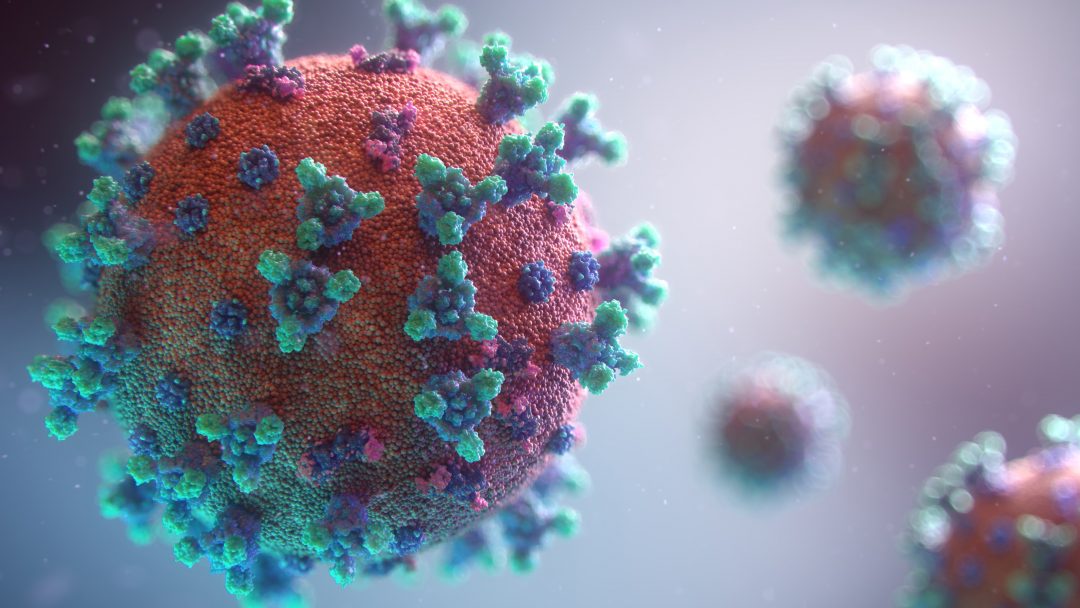The coronavirus/COVID-19 pandemic is a fast-moving disease that is a challenge to everyone world-wide. However, it is especially challenging to firefighters and other first responders. As an example of how quickly the virus spreads, on March 8, 2020, there were four confirmed cases of the coronavirus in Illinois. One week later, that number had risen to sixty-four.
In Kirkland, Washington, the local fire department was the initial responder to the first reported case of coronavirus in the United States. That fire department response resulted in more than two dozen Kirkland firefighters being placed in quarantine. Obviously, the possible infection of a firefighter places the health and safety of that firefighter at risk, but also the health and safety of the firefighter’s family, crew members, and other contacts. And infection has a significant ripple effect, since it can decrease fire department staff available to respond to future fire and EMS emergencies.
While I am neither a medical doctor nor do I play one on TV, I suggest that it is of crucial importance that leaders in the fire service take prompt and drastic action regarding the further spread of this disease. As a way to start that response, following are eight points that I believe should guide the fire service in its response:
1. The coronavirus will spread. We don’t know where it will spread: maybe to your community, or maybe your community will be spared. But it will spread, and it threatens to overwhelm our ability to respond to the disease and to contain it.
2. The virus can spread in different ways, including through “community transmission”. This phrase is a fancy way of saying that we don’t know how or why it got where it did, but it did get there.
“Community transmission” means that a person who has the virus is not known to have had contact with someone known to be infected with the virus, or known to have traveled to places where coronavirus is circulating (like China or Italy).
3. Leaders in the fire service need to “model” a response that all of society needs to follow: Practice “social distancing” and avoid unnecessary contact with others, especially in large gatherings. Follow the directives of federal, state, and local leaders in government and public health. Do those “simple” things like washing your hands and stifling a cough or sneeze by use of a tissue or elbow. Oh, and avoid close contact with others, like hand-shakes and hugs.
4. Like “Cubs fever”, some cases will be mild, and some cases can be serious. Not every case will require hospitalization or be fatal, but some will.
5. Fire departments need to be prepared to respond to possible cases of coronavirus infection, since we don’t know where it will next appear or when.
6. Our response to the possible threat needs to be balanced. Our response should be neither hysterical nor indifferent. Neither hysteria nor indifference is appropriate on the fire ground or in any other emergency, and it shouldn’t be here.
7. We need to prepare. Research “best practices” from sources like JEMS Magazine, the International Association of Firefighters, the “Center for Disease Control, and other sources. Share this information with your fire department personnel, discuss it with command, supplement it with other reliable information, and train as appropriate. Consult with your local resource hospital, and secure appropriate supplies and equipment.
8. We’re fire departments – this is what we do, prepare for and respond to emergencies that endanger others. It’s the same thing here. There’s no need for panic. Take prudent steps to prepare for possible cases for coronavirus, and be ready to respond appropriately if necessary.
